In gynecology, uterine malformations are not uncommon, especially when it comes to uterine infantilism. Another name for the pathology is hypoplasia. It occurs in 4-6% of women. What is this diagnosis?
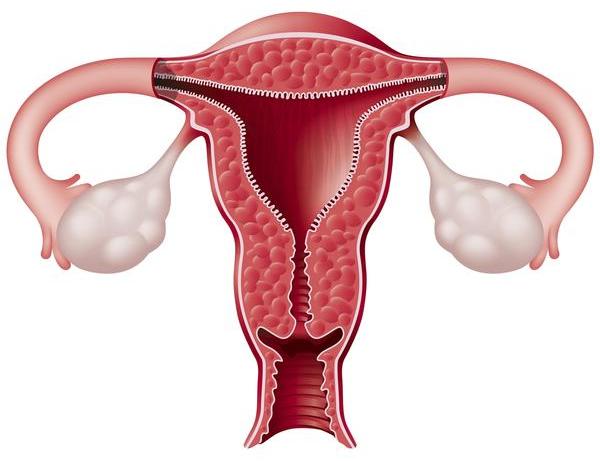
The infantile (children's, underdeveloped) uterus is when the body is correctly formed, but lags behind in development. The process acquired, diagnosed in puberty, begins after birth. A small uterus can occur as a symptom with other types of genital infantilism (full or partial), with hypogonadism (insufficient function of the gonads).
The uterus after the birth of a girl is different from the adult only in size, but not in structure. All follicles are already laid in it, and it is located in the abdominal cavity. Some follicles can be considered maturing. After birth, the length of the uterus in the girl is 4 cm. At 4 years old, she descends into the small pelvis.
After 7-8 years, the active phase of uterine growth begins. From the age of 8, the first shifts in the transformation of a girl into a girl begin. By the beginning of puberty (by 11-13 years), the uterus should already have the same dimensions as an adult nulliparous girl. Otherwise (if the uterus does not reach the indicated sizes), the girl is diagnosed with "underdevelopment". The cause is a violation in the hormonal system.
The infantile uterus creates difficulties in conceiving and bearing the fetus. The treatment is complex and not always successful - it depends on the degree of underdevelopment.
Reasons for infantilism

The uterus of children more often occurs in women with a slender appearance and physique: short stature, narrow shoulders, undeveloped breasts. Many adolescents, being normal in development, begin to lose weight intensely out of the blue in pursuit of the cherished 90 × 60 × 90. This not only threatens with anorexia, but also uterine hypoplasia.
In addition to extreme diets, infections such as measles, rubella, and autoimmune diseases, such as rheumatism, can also contribute. The causes of the small uterus are often:
- poor heredity (predisposition is transmitted along the female line);
- endocrinopathies (pathologies of all peripheral endocrine glands);
- intrauterine disorders in the first trimester of fetal development, when the laying of the genitourinary system occurs;
- the effects of radiation and toxic substances (including drugs and smoking);
- chronic somatic diseases;
- poor and monotonous nutrition with a low content of proteins and vitamins;
- hard physical work;
- mental and nervous overload in school and family;
- stresses.
Very important is the violation of the chain "hypothalamus - pituitary gland - ovaries - uterus."
The sizes are normal
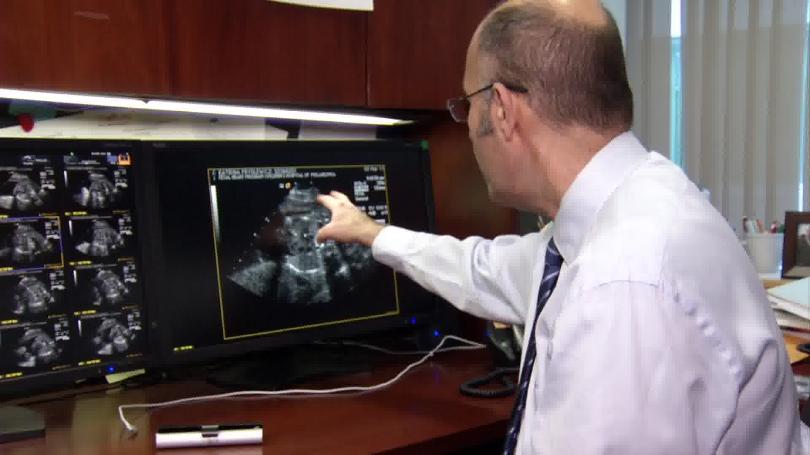
The dimensions of the adult uterus in nulliparies are 4.2–4.8 cm in length and 4.2–5.0 cm in width. The cavity is 7 cm long. The neck length is normally no more than 2.5 cm.
In a nulliparous with a history of pregnancy - 4.8-5.4 cm in length, 4.5-5.5 cm - in width, in a woman giving birth - 5.5-6.1 cm in length, 4.8-6 cm - wide. The length of the cavity is 8 cm.
Infantilism implies not only the small size of the uterus, but also the ratio of the cavity and neck.
Degrees of infantility
The following degrees of underdevelopment are distinguished:
- Rudimentary, or fetal, germinal, uterus.
- The infantile uterus.
- Hypoplastic uterus.
The embryonic uterus of the third degree
The total length is 1-3 cm. The degree is more often caused by intrauterine developmental disorders. There are no periods. Due to the persistence of the violation can not be treated.
2nd degree
The dimensions of the infant or infantile uterus are about 3-5 cm in length, the neck is the same. In an adult woman, it corresponds to the age of 9-10 years. The ovaries are underdeveloped, are above the normal level, the fallopian tubes are convoluted and narrow.
Although the cycle may be, but with violations. There are other manifestations of genital infantilism. Proper treatment can make fertility available.
1st degree
With an infantile uterus of the 1st degree, underdevelopment is not expressed, length is 6-7 cm with a neck, reproductive function is preserved. The prognosis is the most favorable, and with the onset of sexual activity, the size of the organ is aligned.
Pathogenesis
Ovarian function is controlled by the hypothalamus-pituitary gland system. In the hypothalamus, pituitary hormones are produced. He gives orders to the pituitary gland, being a "conductor". Its hormones move the pituitary gland to the production of gonadotropes that affect the gonads (ovaries).
The pituitary gland is figuratively - the direct "boss" of the gonads responsible for the production of sex steroids. Such a relationship is mutual. This means that with a lack of ovarian hormones in the pituitary gland, and from there the signal about a decrease in the level of sex hormones comes to the hypothalamus. If the signal transmission at any site is disturbed, the development of the infantile uterus becomes a consequence.
Clinical manifestations
Uterine underdevelopment is not a single, single symptom. It will certainly be combined with general infantilism.
Sexual infantilism is:
- small, undeveloped labia;
- narrow vagina;
- the clitoris extends beyond the vulva.
The ovaries are small and also underdeveloped, are above their normal position. Fallopian tubes cannot fulfill their function due to their underdevelopment: they are minimally narrow, long and winding.
An underdeveloped organ (a woman’s small uterus) does not allow her to conceive and bear a child. If conception occurs, and more often it is impossible, the pregnancy will be an ectopic.
The main symptom by which it can be assumed that the uterus is underdeveloped is scanty and short, irregular menstruation or their absence.
Menstruation is always painful. Also, the premenstrual syndrome in such girls manifests itself in all its glory - classically. According to statistics, in 90% of cases of uterine infantilism, there is PKJ - polycystic ovary.
Secondary symptoms include a lack of libido and orgasm. The physical development of such girls is also clearly late. The pubis and armpits are not covered with hair. The build is slender.
A gynecologist, upon examination, reveals that there is a small size of the uterus and appendages that are not age-appropriate. There is a narrow vagina, a long cervix and at the same time its flattened body. The pelvic bones are narrow, the chest is underdeveloped and narrow, the growth is low not in age.
With growing up libido and orgasm do not appear. With an infantile uterus, patients are prone to the development of endometritis, cervicitis, lesions of neighboring organs and systems with inflammation and infections.
Diagnostics
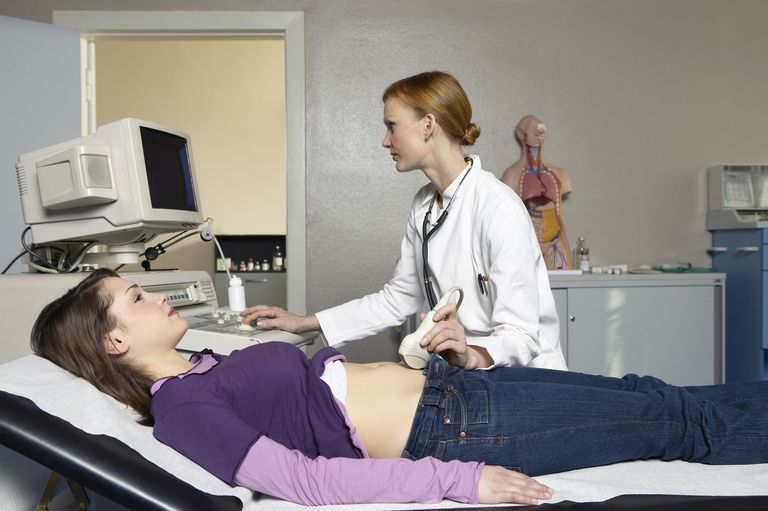
An ultrasound scan of the pelvic organs helps diagnose infantilism. It also requires examination in a chair by a gynecologist, a blood test for hormonal status: the level of female and male sex hormones - estradiol, testosterone, progesterone, thyroid hormones.
The infantile uterus and conception
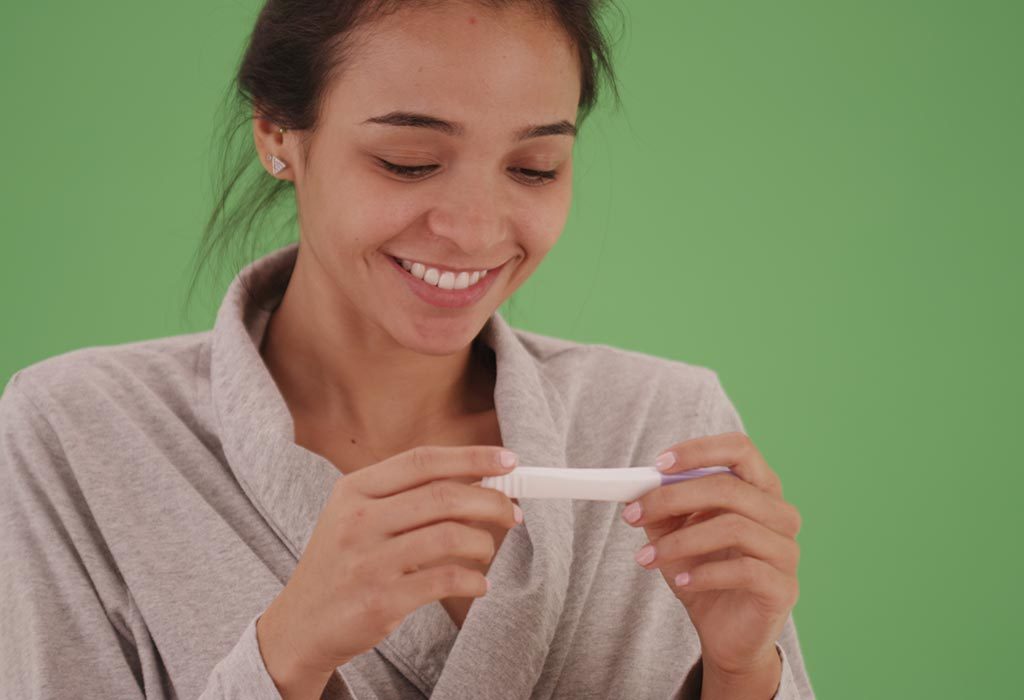
The diagnosis immediately suggests a severe course of pregnancy, childbirth and the process of conception. This is the first and main premise. That is why the presence of such a diagnosis should always continue with treatment. It, by the way, is complex and lengthy.
An infantile uterus and pregnancy are a rare combination. The chance of conception and bearing a fetus is reduced significantly. Normally, the angle between the uterus and the cervix is obtuse, open anteriorly and does not exceed 120 degrees; with infantile uterus, it increases, which complicates conception, complicates childbirth. The contractility of the uterus is sharply reduced. The ovaries are significantly higher than the norm. The pipes are narrow, winding and thin.
What this gives in total: circulatory disorders in the genitals. In the presence of an infantile uterus, conception is extremely difficult at all. In the event of pregnancy, it will differ in severe toxicosis and a constant threat of termination.
With the onset of pregnancy, the fetus will not receive good nutrition. The uterus is constantly in good shape, which increases the risk of miscarriage or premature birth. If the gestation ends in childbirth, they will be weak, the neck is very poorly opened and the period of labor is much longer.
Treatment
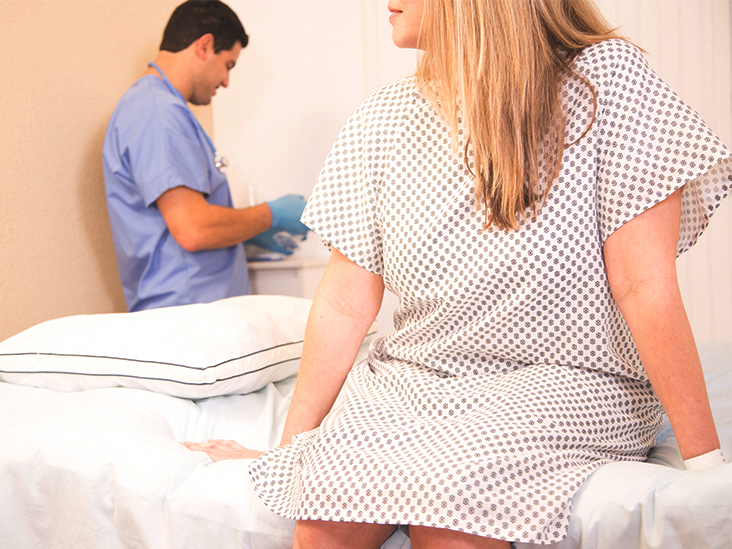
Treatment of the infantile uterus is carried out with the constant supervision of a doctor and should be comprehensive. Therapy includes physiotherapy exercises, physiotherapy, but HRT - hormone replacement therapy, of course, will be fundamental.
With timely handling and diagnosis, a small degree of hypoplasia, all the functions laid down by nature, a woman will successfully perform. But the duration of treatment will require patience.
Girls are prescribed a surely balanced diet of vitamins and proteins, and prophylactic intake of vitamins. In case of violations of the emotional plan, a psychologist should work with the patient.
Hormone therapy is required because such representatives of the weaker sex of the hormones are always low in the body, which is why the uterus does not develop.
HRT is carried out in small doses. Sometimes hormone treatment is carried out throughout the reproductive age.
Hormone therapy is stimulating and will contribute to pregnancy. Physiotherapy involves magnetotherapy, paraffin treatment, mud therapy, inductothermy, laser therapy. Gynecological massage and exercise therapy are prescribed.
Physiotherapy improves blood circulation of the pelvis and this contributes to the normalization of physiological dimensions.
From folk remedies, doctors do not mind taking infusion and decoction of the uterus, which can be purchased at any pharmacy.
Prevention
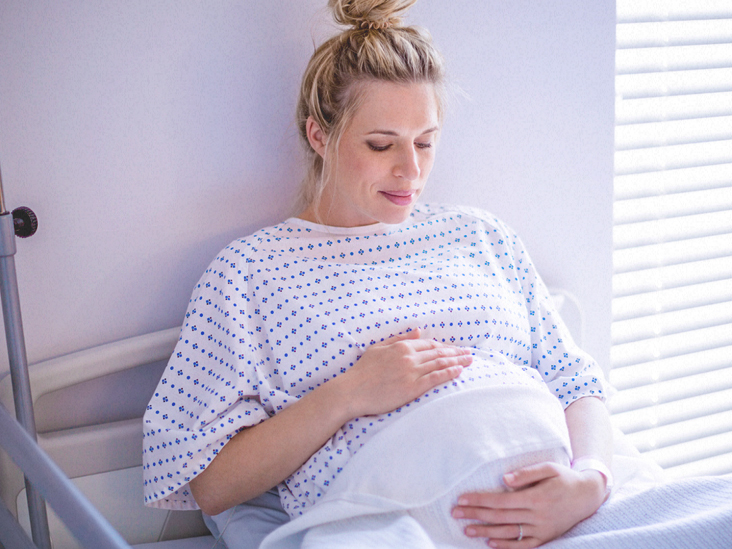
So that we are not talking about uterine infantilism in a teenage girl, it is enough to ensure the normal development of the teenager's body - to monitor nutrition, avoid stress. A woman during gestation should be especially attentive to her health in the first trimester.